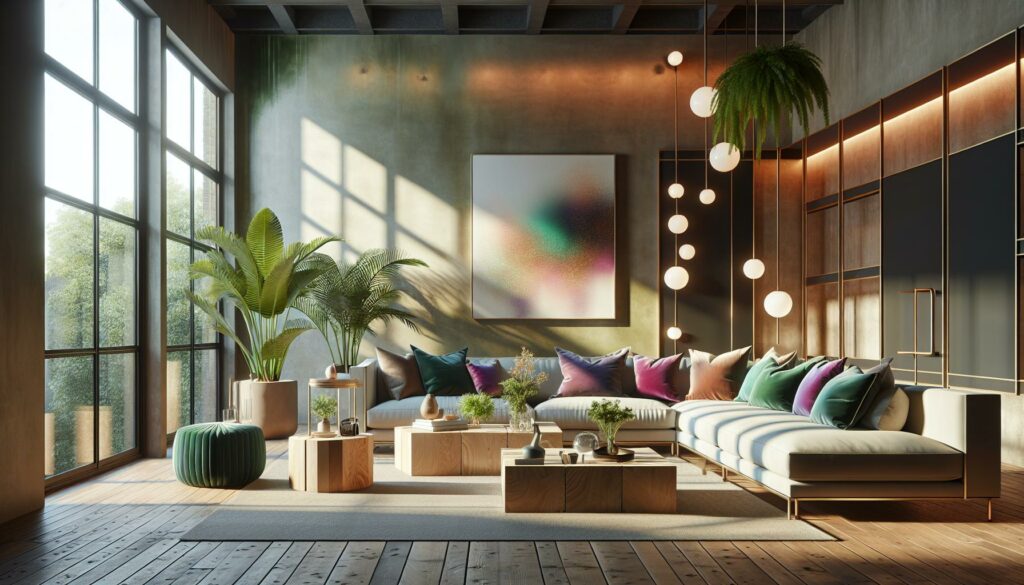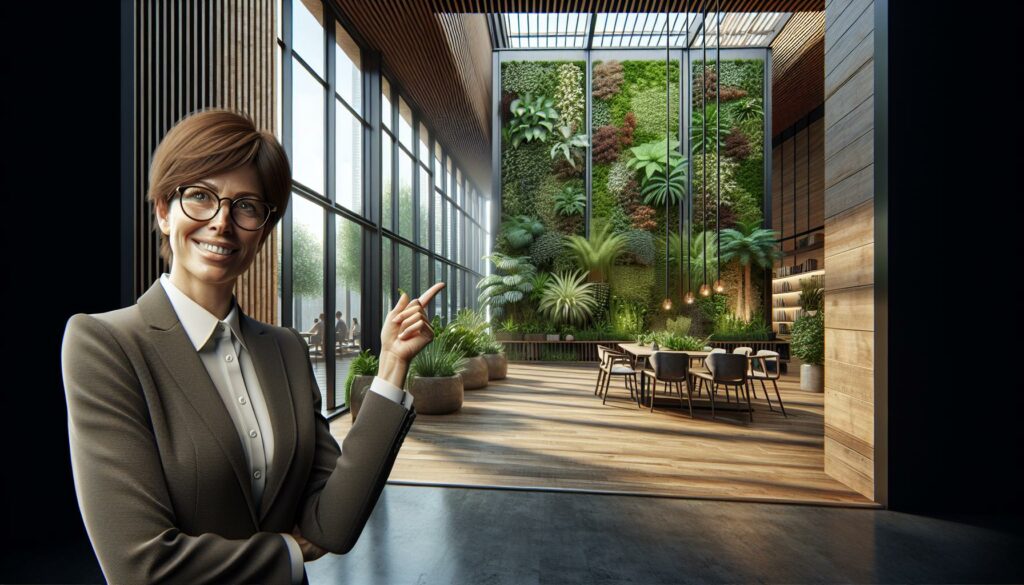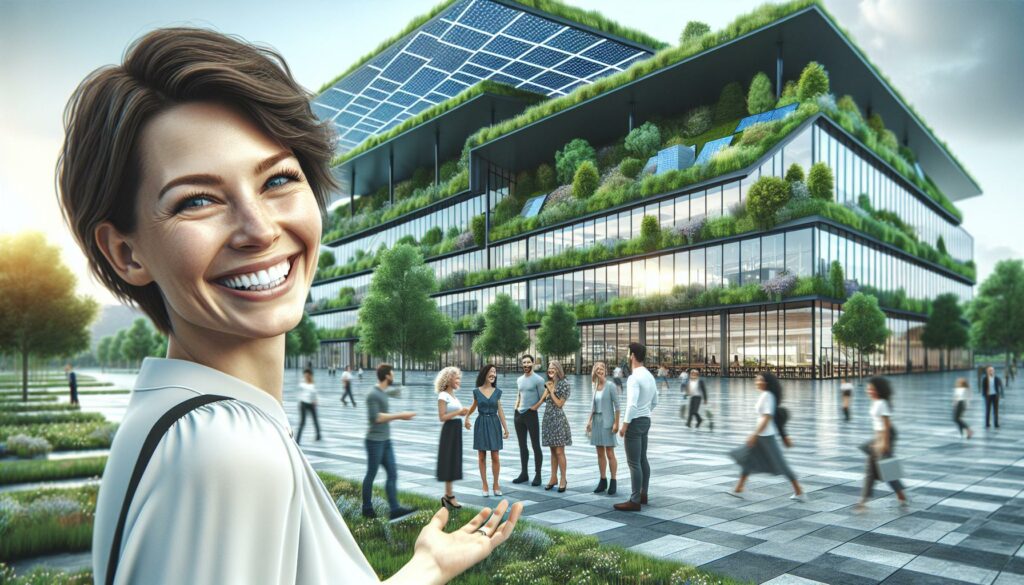As 2023 unfolds, the world of interior design is buzzing with fresh ideas that could make even the most seasoned decorators do a double-take. interior design trends 2023 architectural digest has unveiled trends that promise to transform spaces from drab to fab faster than you can say “open-concept.” From bold colors that pop to sustainable materials that make Mother Nature proud, this year’s designs are all about making a statement—without shouting.
Interior Design Trends 2023 Architectural Digest
Innovative designs dominate the interior design trends 2023 architectural digest landscape. Bold colors captivate attention, infusing spaces with energy and personality. Sustainable materials gain traction, reflecting a shift towards eco-conscious living. Textures play a significant role, enhancing visual interest through layering and variety.
Sophisticated minimalism emerges as a preferred style, combining clean lines with functional furniture. Warm tones replace stark whites, creating inviting environments that encourage relaxation. Multifunctional furniture becomes essential, providing versatility in smaller spaces.
Artistic expressions take center stage with custom artwork and unique décor items. Vintage and retro pieces seamlessly blend with modern elements, adding character and uniqueness to homes. Nature-inspired designs encourage the incorporation of plants and natural light, promoting well-being.
Smart technology integration enhances convenience while maintaining aesthetics. Functional lighting solutions, such as pendant and task lighting, help establish atmosphere throughout spaces. Open floor plans remain desirable, fostering connection among inhabitants while allowing flexibility in layout.
Color palettes shift towards earthy tones, combining greens, browns, and muted shades. These colors evoke serenity and calmness, making interiors more inviting. Personalization takes precedence, as individuals seek to reflect their identity and experiences in their living environments.
Architectural Digest’s insights underscore the evolving nature of design, emphasizing trends that prioritize both style and function. As creativity flourishes, the spirit of 2023 interior design showcases a harmonious blend of innovation and tradition.
Key Trends Highlighted by Architectural Digest
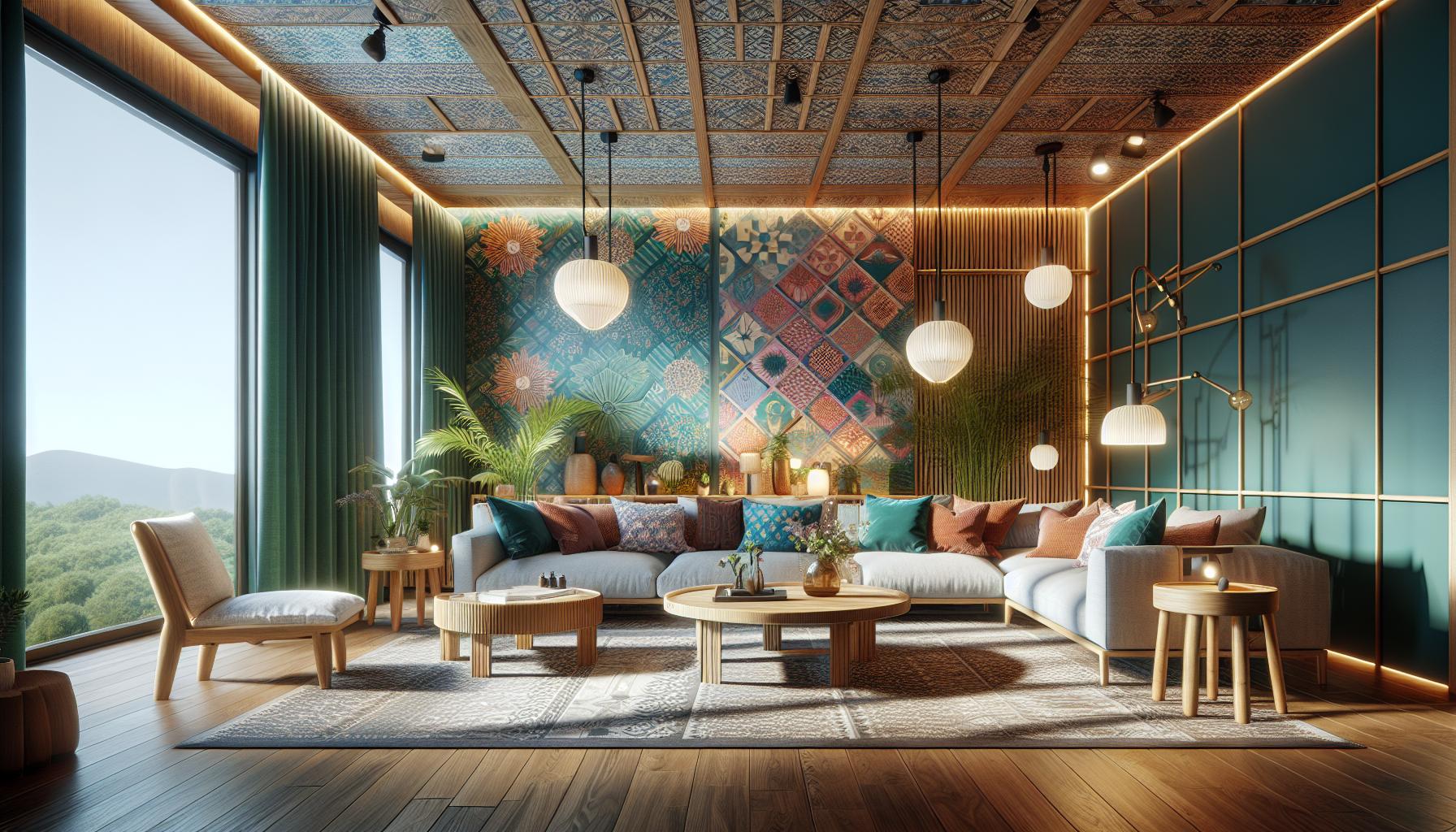
Architectural Digest identifies key trends shaping interior design in 2023. These trends emphasize sleek aesthetics, sustainability, and vibrant expressions of individuality.
Sustainable Design Practices
Sustainable practices gain traction as designers prioritize eco-friendly materials. Recycled items, bamboo, and reclaimed wood appear prominently in various projects. Efforts to reduce waste lead to innovative solutions, like modular furniture that adapts to user needs. Incorporating energy-efficient lighting also supports an eco-conscious approach. This trend encourages homeowners to consider the environmental impact of their choices. Crafting spaces that reflect responsibility fosters a deeper connection with nature and adds value to furnished spaces.
Bold Colors and Patterns
Bold colors and striking patterns capture attention this year, invigorating rooms with personality. Jewel tones, like emerald green and sapphire blue, bring sophistication and warmth to interiors. Designers increasingly use statement wallpapers or vibrant textiles to inject energy into spaces. Combining prints, such as florals and geometrics, creates visually stimulating environments. This year, color is not merely an accent; it becomes a focal point. Layering color and pattern establishes a unique identity in each home while showcasing artistic flair.
The Rise of Minimalism
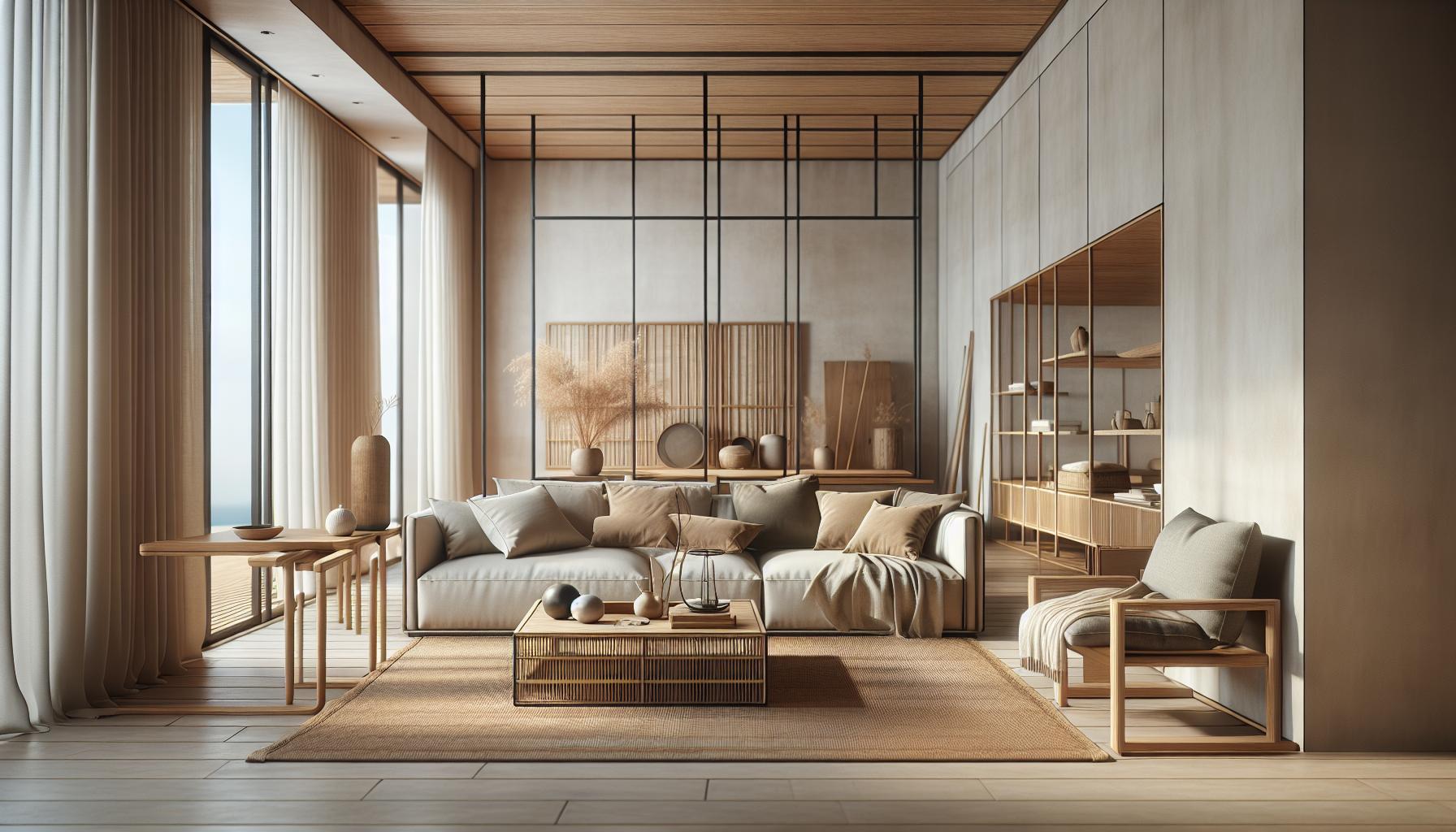
Minimalism continues to gain momentum in 2023, focusing on simplicity and functionality. This design ethos prioritizes clean lines and uncluttered spaces, inviting tranquility into homes.
Functional Spaces
Creating functional spaces remains essential in minimalist design. Multifunctional furniture allows for flexibility, maximizing square footage. Designers emphasize versatile items like sofa beds and extendable tables, catering to various needs without sacrificing style. Open layouts foster movement and connection, making them ideal for social interactions. Room dividers such as bookcases and sliding panels add definition without overwhelming the overall aesthetic. Thoughtful space planning encourages intentional living and the efficient use of every area, from cozy nooks to expansive living rooms.
Natural Materials
Natural materials play a significant role in enhancing minimalist interiors. Homeowners increasingly prefer sustainable options like reclaimed wood, stone, and bamboo, which bring warmth and texture to spaces. These materials create a connection to nature, fostering a sense of calm and grounding. Designers often opt for neutral palettes featuring earthy tones, allowing the inherent beauty of materials to shine. Organic textiles and handmade accessories enrich visual appeal while maintaining a simple, understated elegance. Emphasizing durability, these choices reflect a commitment to sustainability without compromising design integrity.
Technology in Interior Design
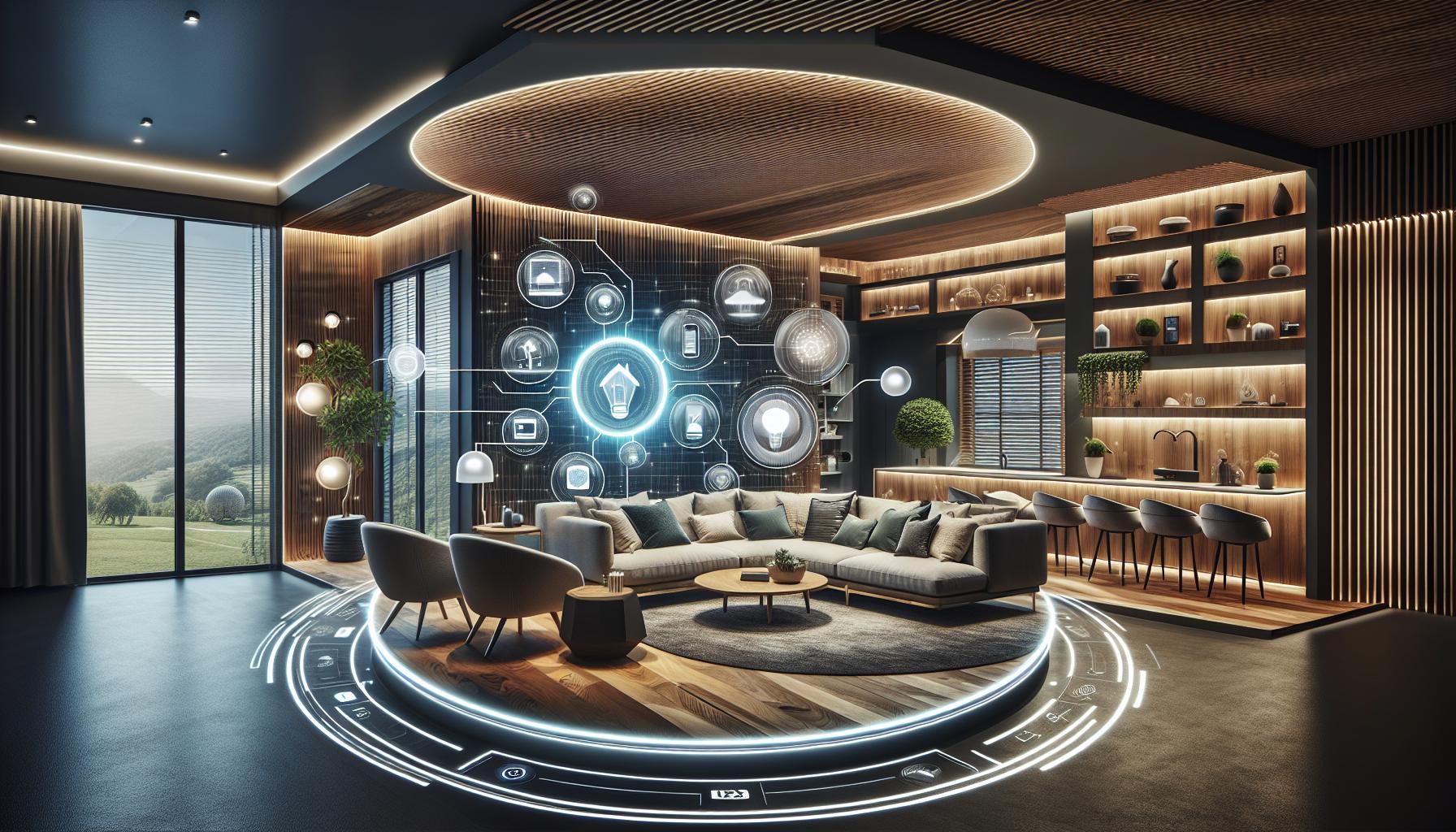
Technology plays a pivotal role in shaping modern interior design trends. Smart homes embrace convenience and seamless functionality.
Smart Home Integration
Smart home integration enhances comfort and efficiency. Control systems manage lighting, temperature, and security through apps. Appliances respond to voice commands, promoting a user-friendly experience. Seamlessly blending technology with aesthetics, designers incorporate devices that complement home decor. Automated solutions, like smart blinds, improve energy efficiency while adding style to spaces. Homeowners prioritize intuitive layouts that encourage connectivity among devices. Overall, the shift towards smart home technology illustrates a commitment to integrating daily life with innovation.
Innovative Lighting Solutions
Innovative lighting solutions redefine how spaces are illuminated. Layered lighting combines ambient, task, and accent options for versatility. Statement fixtures, such as sculptural pendant lights, draw attention and enhance aesthetics. Energy-efficient LEDs reduce environmental impact while offering creative design opportunities. Dimmers allow users to adjust brightness for different occasions, creating the perfect atmosphere. Additionally, lighting systems can adapt with smart technology, automating schedules and mood settings. This technology-infused approach reflects an understanding of how light influences mood and functionality in homes.
Future of Architecture
Interior design trends 2023 architectural digest showcase a vibrant blend of sustainability and individuality. With bold colors and innovative materials taking center stage, designers are redefining how spaces reflect personal style while promoting eco-conscious living.
The shift towards multifunctional furniture and open layouts highlights the need for versatility in modern homes. As technology continues to influence design choices, smart solutions enhance both aesthetics and convenience.
These trends not only create visually appealing environments but also foster a sense of well-being and connection to nature. Embracing these elements can help anyone transform their living spaces into stylish sanctuaries that resonate with their unique identity.
